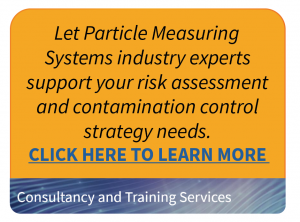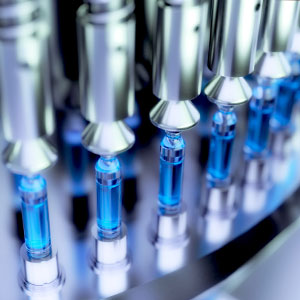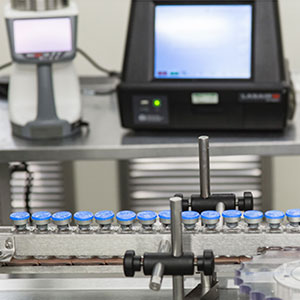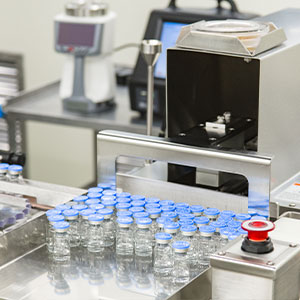A quality risk management approach can improve environmental monitoring outcomes.
Facilities perform environmental monitoring (EM) to demonstrate a state of control. EM can also help assess the effectiveness of a cleaning/disinfection program and identify data trends, which may allow early detection of potential microbiological problems.
A quality risk management (QRM) approach provides a holistic way to manage EM risks in a facility. Locations, sampled during room/equipment qualification, are evaluated during a risk assessment to identify the areas at greatest risk of introducing particulate or microbial contamination. Once these areas are identified, risk reduction activities can be conducted to concentrate sampling at those high-risk locations.
In addition, QRM is a perfect tool for integrating new, rapid monitoring methods (RMMs) that have been developed to improve sample throughput, reduce time delays, and assist in overall optimization of quality control operations. RMMs are one of the innovations within the pharmaceutical industry that offers a way to improve product quality. They may also be employed to proactively monitor a process, rather than looking at what happened retrospectively.
The use of risk management approaches is an important cGMP topic in microbiological environmental monitoring. Microbiologists must consider each aspect of the environment and decide what level of monitoring best suits their systems, and then justify the techniques used and the locations selected. Some situations may require the ability to return to production in the shortest time possible or the ability to troubleshoot environmental conditions in real time. For example, immediate feedback on excursions allows detection of issues concurrently with process monitoring. The time necessary to investigate such an event can take hours using RMMs versus the days or weeks it takes to complete traditional, culture-based methods.
To promote innovation in the pharmaceutical industry, the U.S. FDA has launched a number of supporting initiatives, including:
- Pharmaceutical Current Good Manufacturing Practices (CGMPs) for the 21st Century: A Risk-Based Approach
- Advancement of Emerging Technologies to Modernize the Pharmaceutical Manufacturing Base
The goal of these initiatives is to modernize and improve the quality of pharmaceutical manufacturing processes, and encourage the industry to implement risk-based, continuous, real-time quality assurance.
This paper also covers:
- New Tech Drives New Methods
- Types of Rapid Monitoring Methods
- FDA Expectations for RMM Validation
Learn more… Complete the form to download the full paper.







